Doug and Mary Perkins: Specsavers’ clear-sighted founders
Helped by the deregulation of the sector in the 1980s and brilliant advertising, Mary Perkins and her husband Doug have taken Specsavers to the top of the optometry market
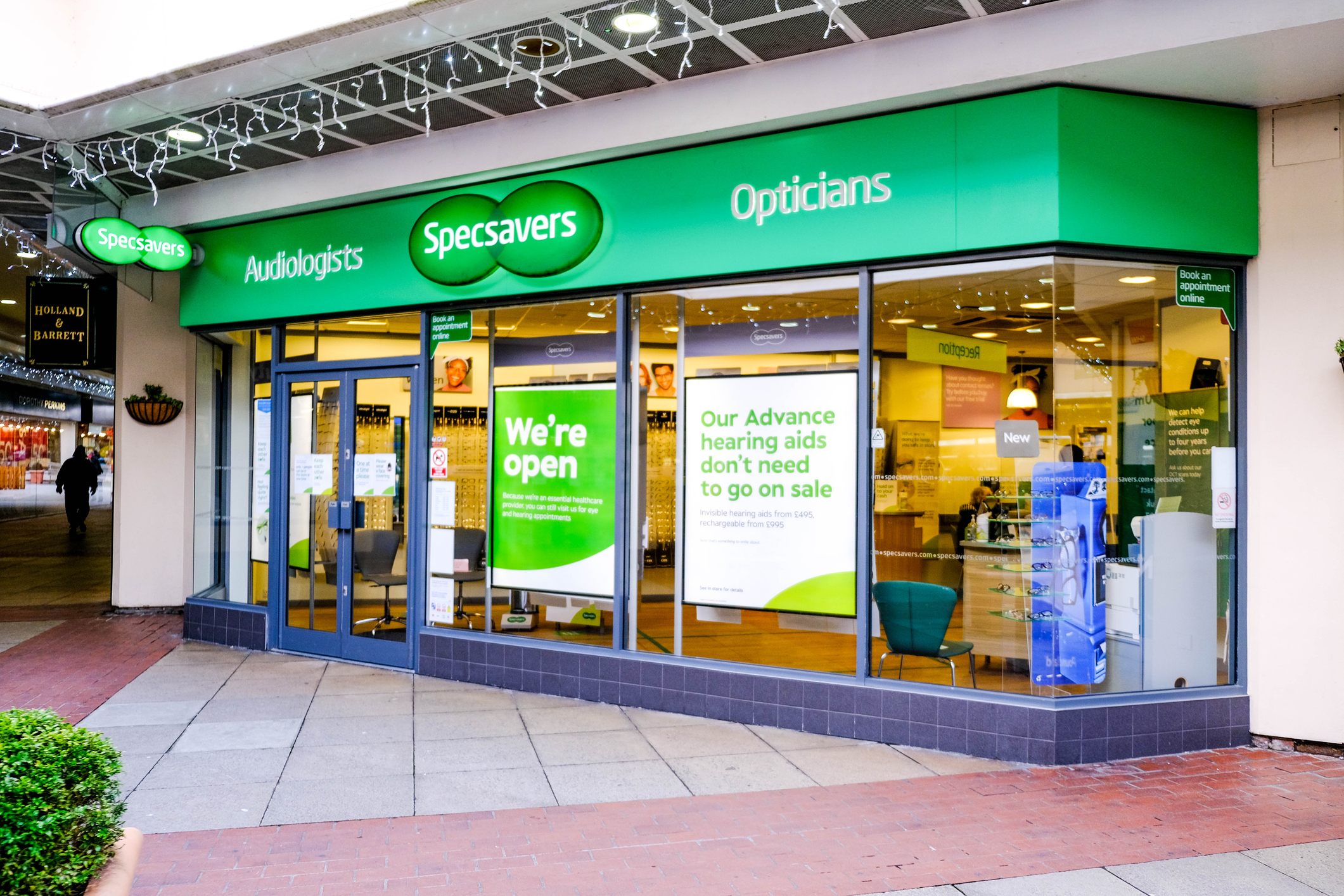
Mary Perkins met her future husband, Doug, on the first day of term at Cardiff University in the early 1960s. They were both studying optometry. It was the start of an enduring partnership both personally and professionally.
The couple, who went on to build the £4 billion Specsavers empire, are now in their eighties, but still heavily involved in the family-held business, which is based in Guernsey and run by their son John.
While Doug focuses on “innovation and new business”, Mary “devotes herself to the welfare of staff and customers”, says the Financial Times. Once famed for donning wigs and visiting stores incognito to test out the customer care, she says she’s “too easily recognised now”. But there are always opportunities for impromptu market research. “I chat with everyone: taxi drivers, fellow rail passengers and people sitting in coffee shops” to find out where they bought their spectacles.
MoneyWeek
Subscribe to MoneyWeek today and get your first six magazine issues absolutely FREE

Sign up to Money Morning
Don't miss the latest investment and personal finances news, market analysis, plus money-saving tips with our free twice-daily newsletter
Don't miss the latest investment and personal finances news, market analysis, plus money-saving tips with our free twice-daily newsletter
Specsavers is a rare intact survivor of the rash of retail start-ups – such as Sock Shop, Tie Rack, Knickerbox – that sprouted during the go-go Thatcher boom of the mid-1980s. The couple already had one successful optical chain under their belt when they started Specsavers from a ping-pong table at home in 1984. But the new baby was driven by deregulation that enabled opticians to “advertise and compete on price” and thus enjoyed rapid growth: revenue from two initial stores in Guernsey and Bristol in the first year of trading in 1985 was £750,000.
“Before 1984, a pair of glasses was a grudge purchase, because private ones were so expensive,” says Perkins. NHS ones were often free, but had limited designs. “Once you could be more open, advertise frames and display them in store, spectacles became more fashionable.” In 1990, the introduction of a “2-for-1 offer” put the wings on the chain’s UK expansion and early steps abroad. A decade later, Specsavers expanded into audiology.
In 2003, it launched its famous catchphrase “should have gone to Specsavers” – spawning a long-running comedic advertising campaign in the hapless Hamlet Cigar tradition beloved by the British. When TV comedians began adopting the phrase, it was clear Specsavers had become part of the national psyche, says the Daily Mail. “It’s great… free advertising,” observes Mary. “You can’t buy that sort of thing on the BBC."
Specsavers: Focusing on value for money
Born in 1944, Mary Perkins (then Bebbington) grew up on a Bristol council estate. It was her father – a shop assistant who’d spent four years at night school retraining as an optician – who inspired her to study optometry. “It nearly didn’t happen,” says the Daily Mail. “A gifted scientist,” Mary signed up for A-levels in maths, applied maths and physics at her local grammar school, but was thwarted when the physics teacher resigned on the grounds that he wouldn’t teach girls. Later at Cardiff, she was one of only five girls on the optometry course.
After marrying Doug – who hailed from Pembrokeshire – the couple set up their first business in 1967. They grew Bebbington and Perkins to a chain of 23 shops stretching from Exeter to Swansea, says The Sunday Times, surviving the economic travails of the 1970s to sell up for £2 million in 1980 “because they couldn’t grow any further”. Four years later, they were back in business.
“We both came from everyday families and an environment where value for money was very much in focus,” says Perkins, who is at pains to point out that the move to Guernsey was for family rather than tax reasons. Aside from a few rumbles about their use of private jets, the couple, worth about £1.6 billion last year, are famously frugal – living in the same house they bought in 1980. Two of their children and four grandchildren now work in the business.
With 1,000 shops in the UK, Specsavers is also “a market leader in ten of the 11 countries we have gone into”, says Perkins. She and Doug share a horror of sitting on their laurels. Even so, Specsavers’ success still has the power to surprise her. “We had no idea it would be so popular.”
This article was first published in MoneyWeek's magazine. Enjoy exclusive early access to news, opinion and analysis from our team of financial experts with a MoneyWeek subscription.
Get the latest financial news, insights and expert analysis from our award-winning MoneyWeek team, to help you understand what really matters when it comes to your finances.
MoneyWeek is written by a team of experienced and award-winning journalists, plus expert columnists. As well as daily digital news and features, MoneyWeek also publishes a weekly magazine, covering investing and personal finance. From share tips, pensions, gold to practical investment tips - we provide a round-up to help you make money and keep it.
-
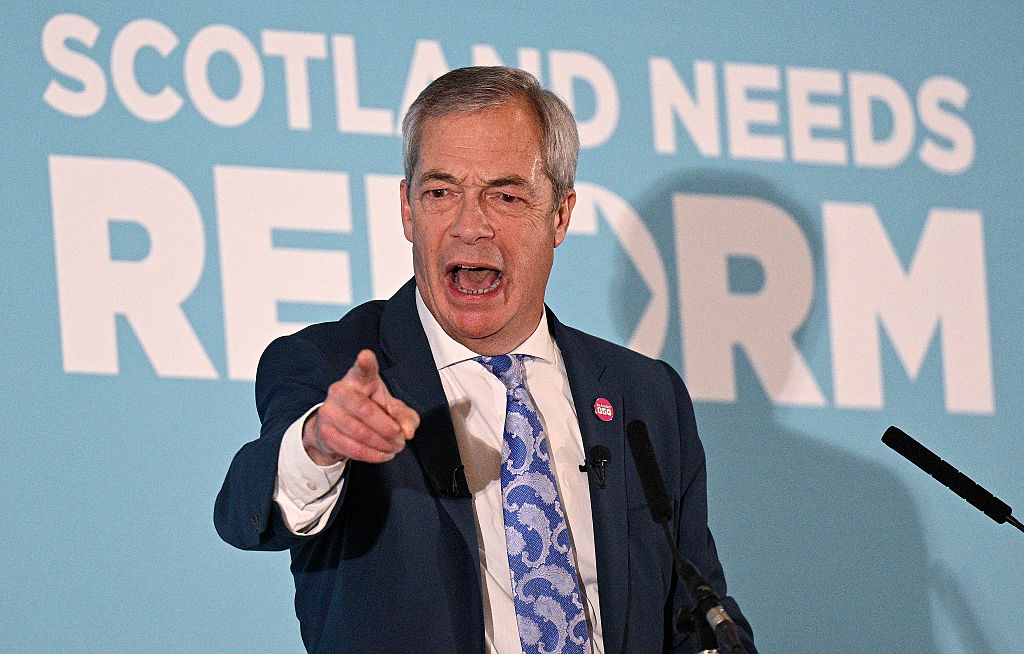 Who is Christopher Harborne, crypto billionaire and Reform UK’s new mega-donor?
Who is Christopher Harborne, crypto billionaire and Reform UK’s new mega-donor?Christopher Harborne came into the spotlight when it emerged he had given £9 million to Nigel Farage's Reform UK. How did he make his millions?
-
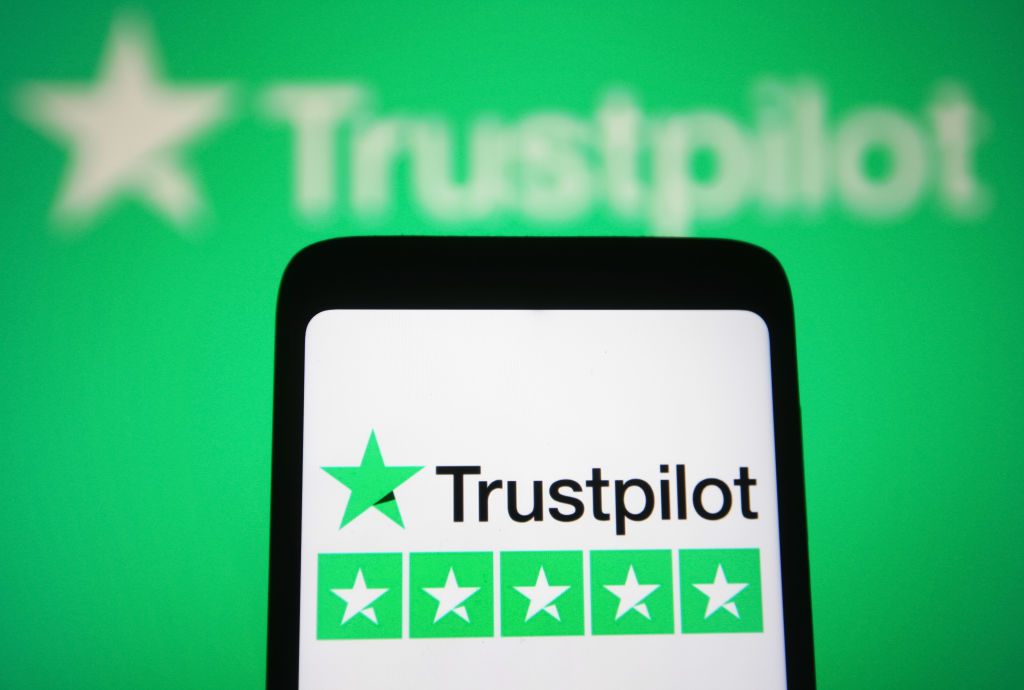 Why Trustpilot is a stock to watch for exposure to the e-commerce market
Why Trustpilot is a stock to watch for exposure to the e-commerce marketTrustpilot has built a defensible position in one of the most critical areas of the internet: the infrastructure of trust, says Jamie Ward
-
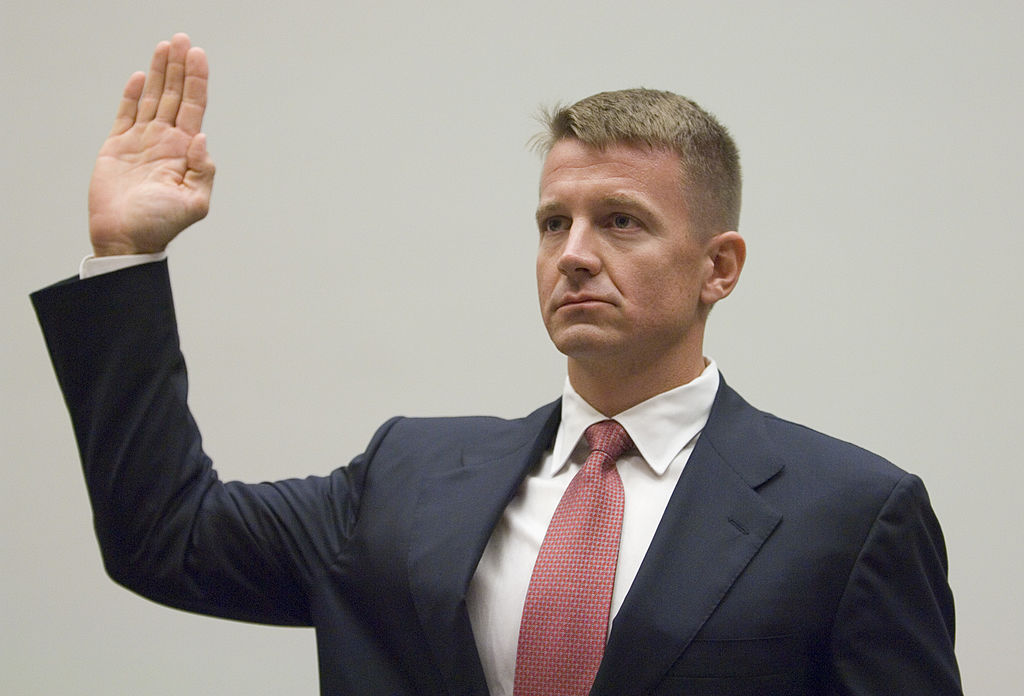 The return of Erik Prince, America's notorious mercenary
The return of Erik Prince, America's notorious mercenaryErik Prince, founder of the controversial private military group Blackwater, was shunned for pushing the boundaries of legality. He has re-established himself
-
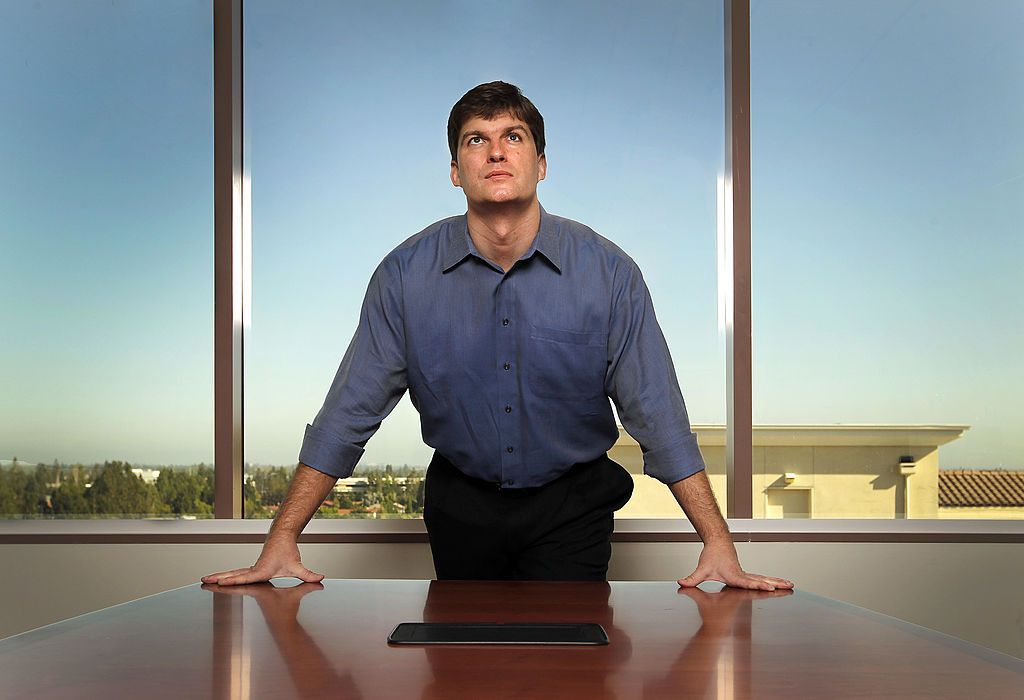 Big Short investor Michael Burry closes hedge fund Scion Capital
Big Short investor Michael Burry closes hedge fund Scion CapitalProfile Michael Burry rightly bet against the US mortgage market before the 2008 crisis. Now he is worried about the AI boom
-
 Chen Zhi: the kingpin of a global conspiracy
Chen Zhi: the kingpin of a global conspiracyChen Zhi appeared to be a business prodigy investing in everything from real estate to airlines. Prosecutors allege he is the head of something more sinister
-
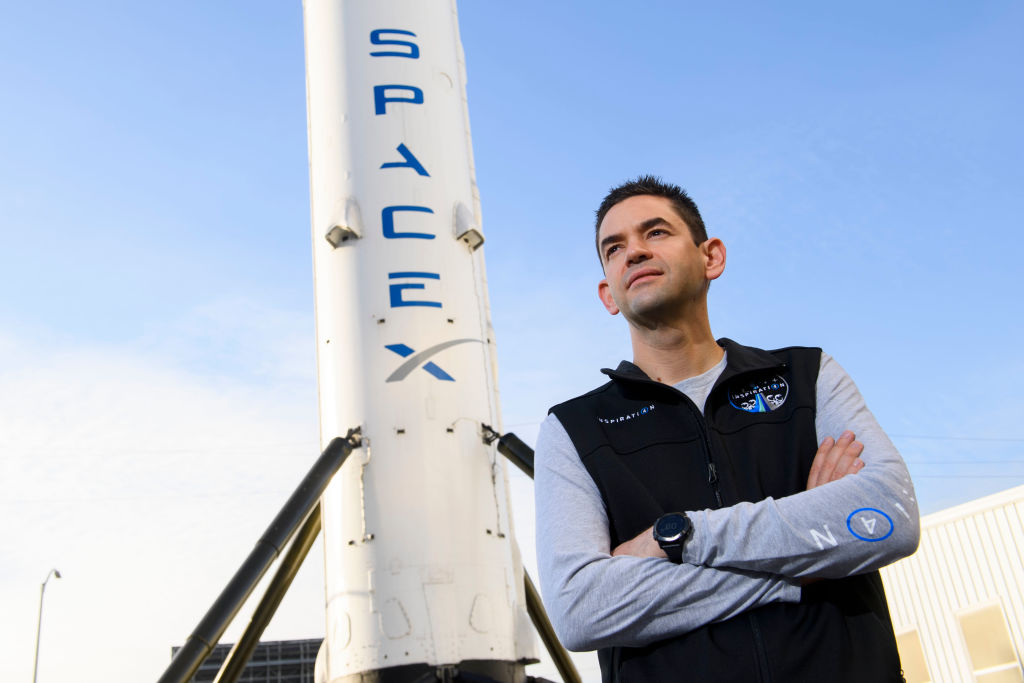 Who is Jared Isaacman, SpaceX astronaut and Trump's pick as NASA chief?
Who is Jared Isaacman, SpaceX astronaut and Trump's pick as NASA chief?Jared Isaacman is a close ally of Elon Musk and the first non-professional astronaut to walk in space. Now, he is in charge of NASA
-
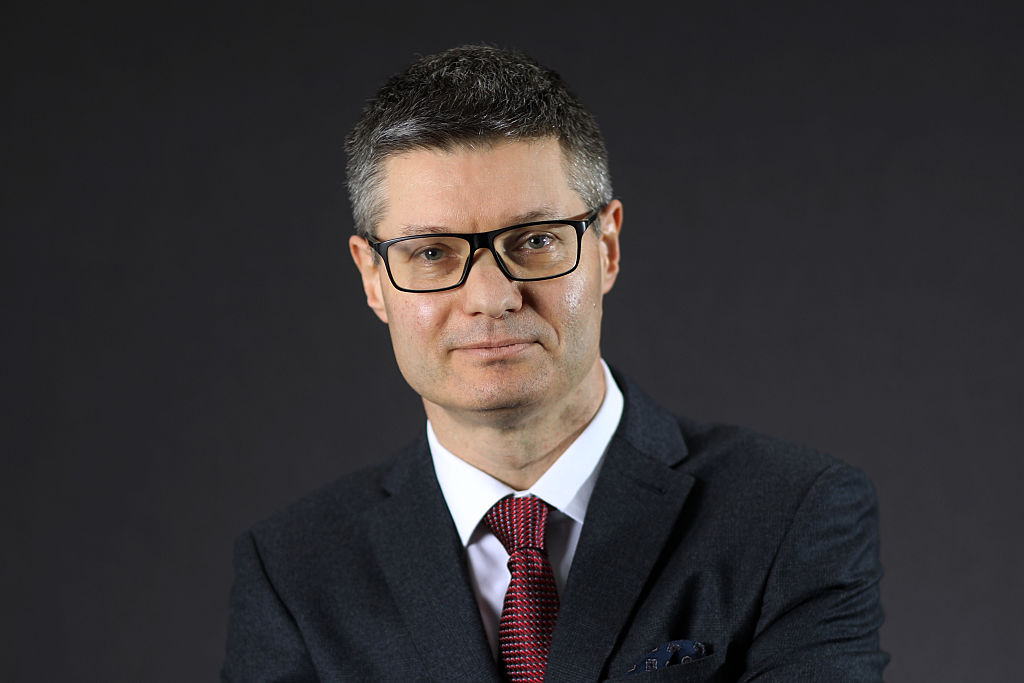 Defeat into victory: the key to Next CEO Simon Wolfson's success
Defeat into victory: the key to Next CEO Simon Wolfson's successOpinion Next CEO Simon Wolfson claims he owes his success to a book on military strategy in World War II. What lessons does it hold, and how did he apply them to Next?
-
 'We still live in Alan Greenspan’s shadow'
'We still live in Alan Greenspan’s shadow'When MoneyWeek launched 25 years ago, Alan Greenspan was chairman of the Federal Reserve. We’re still living with the consequences of the whirlwind he sowed



